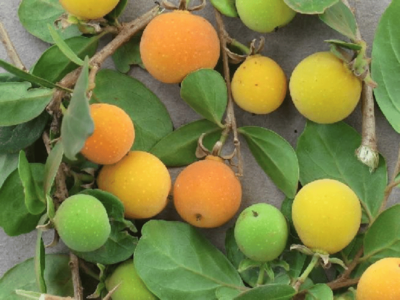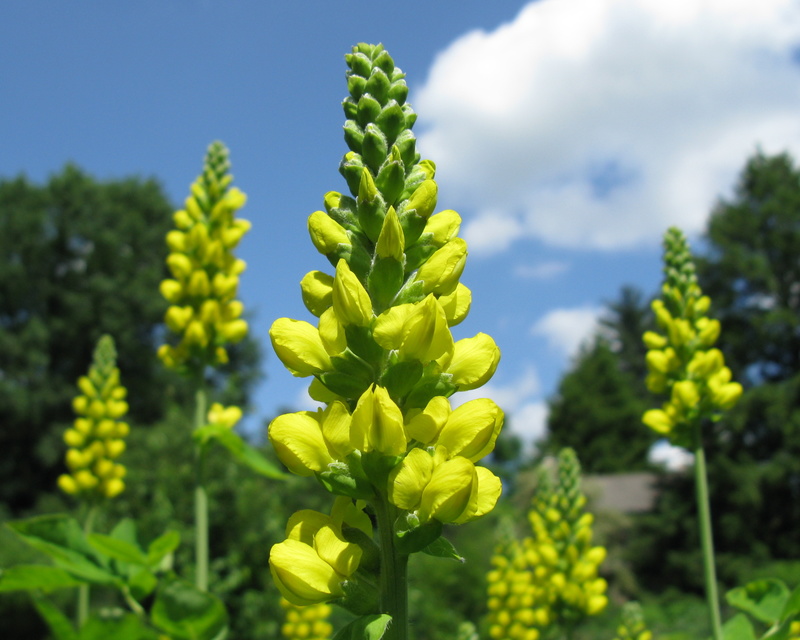Description
The Abyssinian gooseberry, also known as Dovyalis abyssinica, is a shrub or small tree native to eastern Africa, including Ethiopia and Eritrea. It has alternate, oblong to elliptic leaves that are typically dark green in color and have a glossy appearance. The plant produces small, yellow flowers that bloom in clusters, followed by small, red, edible berries. The plant typically grows to be about 6-10 feet tall, and it has a moderate growth rate.
One way to differentiate the Abyssinian gooseberry from similar plants is by its small, red berries and glossy, dark green leaves. In terms of growing conditions, the plant prefers well-draining soil and full sun to partial shade. It is drought-tolerant and can be grown in a variety of climates, including subtropical and tropical regions. However, it is not winter hardy and should be protected from frost.
The edible berries of the Abyssinian gooseberry can be eaten fresh or used in jams and jellies. They can be stored in the refrigerator for a few days after harvesting. In addition to being edible, the plant has several other potential uses. For example, it can be used as a hedge or windbreak.
In terms of its value for wildlife, the Abyssinian gooseberry provides food for birds and other animals. The plant is also a host for several species of butterflies.
Propagation
Abyssinian gooseberry can be grown from seed or cuttings.
The plant is not self-fertile (=dioecious) and since individual plants either grow female or male. This means you need more than one plant to fertilize and get fruits from it.


